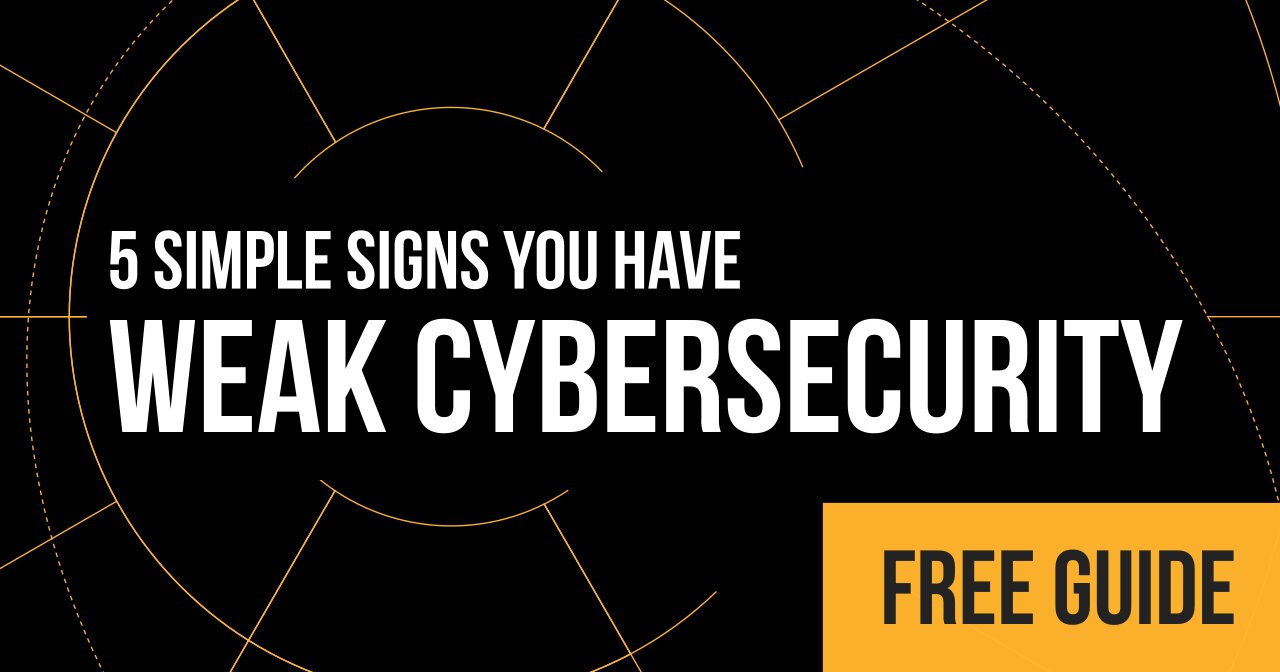 You want to know where the next threat is coming from. I think at this point we all would! But with the rapidly evolving threat landscape today, I think this isn’t where to focus.
You want to know where the next threat is coming from. I think at this point we all would! But with the rapidly evolving threat landscape today, I think this isn’t where to focus.
Just think about it for a moment.
If you were a doctor, would it make sense to get your patients all prepared for one strain of a virus? Would you focus your attention and resources to that virus? Maybe, but you will likely miss a lot of other concerns that are out there.
Same goes for our security landscape today.
Threat creators are well funded and waiting for the next opportunities. They might be funded or aided by governments. Not all amateurs, might be super sophisticated. How are we going to prepare for each and every specific attack?
On top of threats, what about supporting more technology? More complex environments or at very least, more environments dependent on more data. And more use of hybrid or cloud-forward environments. What about dealing with employees working remotely?
New tools are being added to technology stacks and your clients are demanding use of more platforms, all contributing to their security posture and your ability to control what comes in and goes out of their network.
When you factor all of this together, your client’s threat landscape may seem bleak. In fact, so bleak, that many technical teams are worried about tech debt—the inevitable decay and insecurity of an environment. This type of mentality can be crippling and us as harmful as the direct treats on a network’s security.
I don’t want you to keep focused on all of the problems. What I want you to do is ask a slightly different question from how can we prepare for the next big threat. I don’t want your teams to react to an inevitable. I want them to change their mindset—shift their mindset just a tad.
The crucial question is how you can stay secure moving forward.
How can you protect yourself and your clients?
Given the reality we’ve laid out above, there is probably no question that something will or will not happen. The important challenge today is combatting those threats.
The attempts are happening, no matter what we wish we could do about it. We need to figure out how we’re equipped to respond when something does happen.
Responding to an attack is something you and your team can entirely prepare for. But it depends more today on your team having processes in place and an understanding of how a response looks like. This is where many MSPs are failing right now.
It’s not because they don’t have talented techs on their teams and it certainly isn’t because they lack leadership. It’s mainly because they haven’t had a need to focus on response in this way. A change of mindset will get your team to a place where you’re more prepared for new threats than you ever would have been doing things the old way—reacting to threats as they pop up like a huge whack-a-mole game.
Understanding your logs, data, updates to users, privileges and requests is definitely part of the solution. But even more so is having a culture of cybersecurity resilience.
I want your MSP to be resilient.
Cybersecurity resilience will help your team build operational resilience. It will help your team respond. Not respond to a specific event, but understand how to respond to any event. An upset client. A ransomware attack. A failing hard drive or piece of software. When a problem comes up, how can you quickly recover? This is how I want you to be thinking.
A big component is culture.
When a breach occurs, I want you to focus on learning and hardening your systems. When event comes up in the news, I want your team talking about it and figuring out ways to ensure your fate isn’t the same.
Empower your team to invest their resources into finding out what happened and how they can help stop an attack. Note: Galactic Partners have access to hundreds of hours of Security Operations sessions that dive into these specifics across an MSP network.
Don’t focus on what specifically went wrong and whose fault it was. That stifles learning and team growth. I want your team to learn from their mistakes and be better off from their experiences. Make them curious to learn.
One easy way to instill a team of learners is show them how to be resilient. Get them interested in learning and thinking about how to be better. If they are focused on the right things, they won’t be focused on the what if’s.
Cyber threats will continue to be a fact of life. They don’t have to cripple your business or that of your clients. With a team looking to improve and learn from others, you will ensure you won’t become another statistic.



